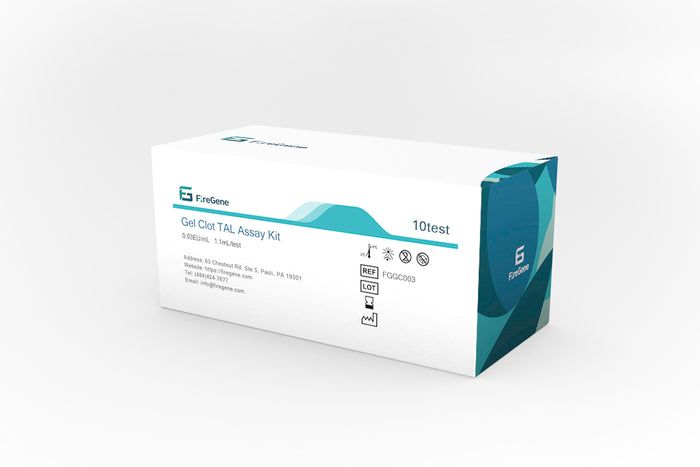
# LAL Assays and Gel Clot Assays: Methods for Endotoxin Detection
## Introduction to Endotoxin Detection
Endotoxins, also known as lipopolysaccharides (LPS), are toxic components found in the outer membrane of Gram-negative bacteria. These substances can cause severe reactions in humans, including fever, septic shock, and even death when introduced into the bloodstream. Therefore, detecting and quantifying endotoxins is crucial in pharmaceutical manufacturing, medical device production, and other healthcare-related industries.
## Understanding LAL Assays
Keyword: LAL Assays Gel Clot Assays
The Limulus Amebocyte Lysate (LAL) test is the most widely used method for endotoxin detection. This assay utilizes blood cells (amebocytes) from the horseshoe crab (Limulus polyphemus), which have an extraordinary sensitivity to endotoxins.
### Principle of LAL Assays
When endotoxins come into contact with LAL reagent, they trigger a cascade of enzymatic reactions that ultimately lead to clot formation. The intensity of this reaction is proportional to the amount of endotoxin present in the sample.
## Gel Clot Assays: A Specific Type of LAL Test
Among the various LAL test methods, the gel clot assay is one of the simplest and most traditional approaches for endotoxin detection.
### How Gel Clot Assays Work
In gel clot assays:
1. The test sample is mixed with LAL reagent
2. The mixture is incubated at 37°C for a specified time
3. The formation of a gel clot indicates the presence of endotoxins
4. The test can be quantitative by performing serial dilutions to determine the endpoint
### Advantages of Gel Clot Assays
– Simple to perform and interpret
– Requires minimal equipment
– Cost-effective compared to other LAL methods
– Suitable for routine quality control testing
## Comparing Gel Clot with Other LAL Methods
While gel clot assays are valuable, other LAL-based methods offer different advantages:
### Turbidimetric Assays
These measure the turbidity (cloudiness) that develops during the clotting reaction, providing quantitative results through spectrophotometric measurement.
### Chromogenic Assays
These use synthetic chromogenic substrates that release a colored compound when cleaved by enzymes in the LAL cascade, allowing for precise quantification.
## Applications in Pharmaceutical Industry
LAL assays, including gel clot methods, are essential for:
– Testing parenteral drugs and medical devices
– Monitoring water for injection (WFI) systems
– Validating cleaning procedures
– Ensuring compliance with pharmacopeial standards
## Regulatory Considerations
The United States Pharmacopeia (USP), European Pharmacopoeia (EP), and other regulatory bodies have established guidelines for endotoxin testing using LAL methods. Gel clot assays remain an approved method when properly validated.
## Conclusion
LAL assays, particularly the gel clot method, provide reliable and sensitive means for detecting endotoxins in pharmaceutical products and medical devices. While newer technologies have emerged, the gel clot assay remains a fundamental tool in quality control laboratories due to its simplicity, reliability, and regulatory acceptance. Understanding these methods is essential for professionals working in pharmaceutical manufacturing and quality assurance.